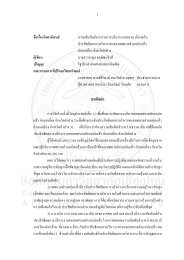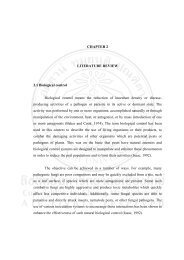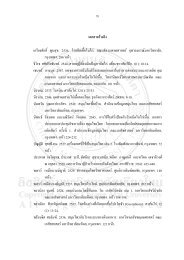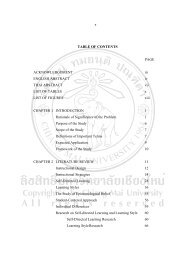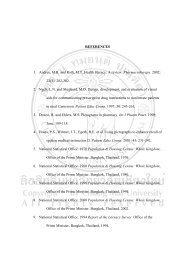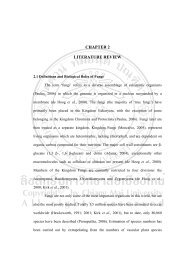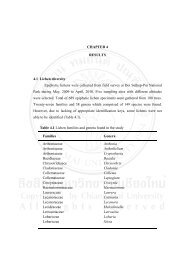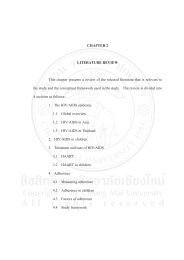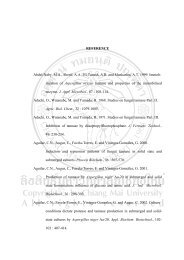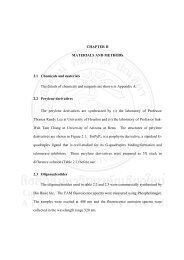prevalence and molecular characteristics of vibrio species in pre ...
prevalence and molecular characteristics of vibrio species in pre ...
prevalence and molecular characteristics of vibrio species in pre ...
Create successful ePaper yourself
Turn your PDF publications into a flip-book with our unique Google optimized e-Paper software.
11<br />
Listeriosis, <strong>and</strong> other pathogens. Annual estimated costs for these food borne<br />
outbreaks <strong>and</strong> illnesses is Au. $ 2.46 billion (Kh<strong>and</strong>aker <strong>and</strong> Alaudd<strong>in</strong>, 2005).<br />
Consumer safety <strong>and</strong> the economic impact due to food borne pathogens <strong>in</strong> the<br />
seafood forced the import<strong>in</strong>g countries to impose microbiological criteria on seafood.<br />
Each year the major import<strong>in</strong>g countries <strong>of</strong> fish <strong>and</strong> fish products reject or deta<strong>in</strong><br />
imports due to the <strong>pre</strong>sence <strong>of</strong> microbial pathogens. For the European Union, Vibrio<br />
spp. <strong>and</strong> Salmonella accounted for 66% <strong>of</strong> the detention <strong>of</strong> imports dur<strong>in</strong>g 1992-2002<br />
<strong>and</strong> shrimp was dom<strong>in</strong>ant among seafood products that cause detention cases. FDA<br />
categorized the <strong>pre</strong>sence <strong>of</strong> Salmonella, Listeria, Shigella, Hepatitis A <strong>and</strong> general<br />
term bacteria on seafood detention (FAO, 2005). Regulatory requirements for the<br />
absence <strong>of</strong> Salmonella has been established for cooked/ ready to eat <strong>and</strong> raw shrimp<br />
<strong>in</strong> EU, Australia, New Zeal<strong>and</strong>, US <strong>and</strong> Hong Kong, while ICMSF suggests that<br />
Salmonella should not be detected <strong>in</strong> 25g raw or cooked shrimp (Wan Norhana et al.,<br />
2010). Rejection <strong>of</strong> imports causes f<strong>in</strong>ancial losses to the export countries.<br />
2.5 Prevalence <strong>of</strong> Vibrio <strong>in</strong> the shrimp production cha<strong>in</strong><br />
Vibrio <strong>species</strong> are <strong>in</strong>digenous to the mar<strong>in</strong>e <strong>and</strong> estuar<strong>in</strong>e environment<br />
(Bhaskar et al., 1998) <strong>and</strong> their <strong>pre</strong>sence <strong>in</strong> the shrimp production cha<strong>in</strong> is to be<br />
expected. Several studies done <strong>in</strong> shrimp produc<strong>in</strong>g countries showed the <strong><strong>pre</strong>valence</strong><br />
<strong>of</strong> Vibrio <strong>in</strong> shrimp culture environments <strong>and</strong> also the retail marketed shrimps (Table<br />
3). Only a few Vibrio <strong>species</strong> isolated are pathogenic to human <strong>and</strong> some are<br />
pathogenic to the shrimp itself. Gopal et al. (2005) <strong>in</strong>vestigated the <strong><strong>pre</strong>valence</strong> <strong>of</strong><br />
Vibrio <strong>in</strong> on the east <strong>and</strong> west coast <strong>of</strong> India <strong>and</strong> found Vibrio <strong>in</strong> water, shrimp <strong>and</strong><br />
sediment samples. Vibrio alg<strong>in</strong>olyticus (3-19%) V. parahaemolyticus (2-13%) V.<br />
harveyi (1-7%) <strong>and</strong> V. vulnificus (1-4%) were the <strong>pre</strong>dom<strong>in</strong>ant <strong>species</strong> found. The V.<br />
cholera found was negative for the cholera tox<strong>in</strong> <strong>and</strong> from V. parahaemolyticus, 2 out<br />
<strong>of</strong> 47 isolates were tdh positive <strong>and</strong> one conta<strong>in</strong>ed the trh gene. Similarly, <strong>in</strong> a study<br />
done <strong>in</strong> Karnataka, India, by Bhaskar et al. (1998), all samples <strong>of</strong> sediment, water,<br />
shrimp, clam meat <strong>and</strong> formulated feed were contam<strong>in</strong>ated with Vibrio spp. Vibrio<br />
alg<strong>in</strong>olyticus was the most commonly isolated <strong>species</strong> found <strong>in</strong> shrimp <strong>and</strong> sediment.<br />
V. cholerae was found at a very low level but frequently <strong>in</strong> formulated feed.




